After sharing the article (Web3 practitioners' relocation and local life in Japan) last time, although it was repeatedly stated that many colleagues who come to live and work in Japan do not engage in the Japanese market, many friends still want to understand the specific situation of Japanese users and the industry.
Especially later, it was found that the research and information regarding the Japanese Web3 market in the Chinese-speaking community is relatively lagging, so I decided to update a research overview of the Japanese market.
This article includes multiple contents, cited from the Japan Cryptocurrency Asset Association, the Financial Services Agency of Japan, compliant exchanges, and other data and information, for research and reference only.
The main content of this article covers:
Japan's Web3 market (growing user base)
Japan's cryptocurrency market size and growth rate (opportunities?)
Profile of the investor user group (not engaging on-chain?)
Government regulation (attitude towards non-compliant offshore exchanges?)
Disputes over tax rates (increase or decrease?)
How do project teams operate (legal risks?)
I hope the above content is helpful to you. ❤️
Japan's Web3 market
Overall, although Japan is one of the more developed countries in Asia with a population of 124 million, the number of young people is decreasing. With the extreme prosperity of local stock, real estate, anime culture, and tourism, people's attention has become very fragmented, resulting in less motivation for young people to focus on Crypto, with the middle-aged group being the majority.
Due to the global promotion and popularity of cryptocurrencies, the local participation in Crypto in Japan has also been accelerating, hitting new highs in user scale and trading volume by May 2025.
Characteristics: 12.41 million user group, with the main participants being middle-class individuals aged 30-40, focusing on wealth management and long-term allocation, rather than pure speculation, with the majority earning below 7 million yen (320,000 RMB), and high cryptocurrency profit tax (most hold without selling, waiting for the tax reduction policy in 2026).
Japan's cryptocurrency market size and growth rate
In 2022, the total spot trading volume of compliant exchanges in Japan was only about 10 trillion yen (about 6.8 billion USD), which increased to 11.3 trillion (about 7.6 billion USD) in 2023, with a growth rate of only about 13%.
However, by 2024, after Bitcoin was fully adopted by Wall Street, the total cryptocurrency spot trading volume in Japan immediately surged to 20.6 trillion yen (about 14 billion USD), with a year-over-year growth rate of 82%, finally becoming a sizable market.
In terms of trading varieties: Bitcoin (BTC) accounts for about 70%, while Ethereum (ETH) accounts for only about 14%. This has led many compliant exchanges in Japan to primarily promote buying BTC, for instance, TikTok often features advertisements for exchanges promoting Bitcoin.
Additionally, starting in 2024, XRP's popularity slightly surpassed ETH.
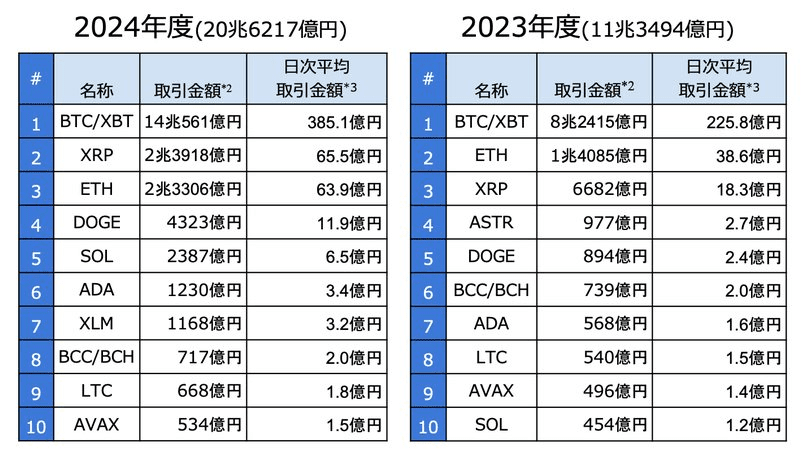
A cryptocurrency market with 12.41 million users
Although seeing this data may seem okay, with at least 12.41 million cryptocurrency users, in reality, this growth has been observed starting from 2024.
In 2022, the number of cryptocurrency users in Japan was only 5.61 million; in 2023, it rose to 6.46 million, with a growth rate of only 15%; but by 2024, this figure surged to 9.17 million, with a growth rate of 41%.
As of May 2025, it has reached 12.419 million. Thus, the cryptocurrency market in Japan is also experiencing accelerated growth among local users, with managed assets exceeding 4.26 trillion yen (approximately 27.5 billion USD).
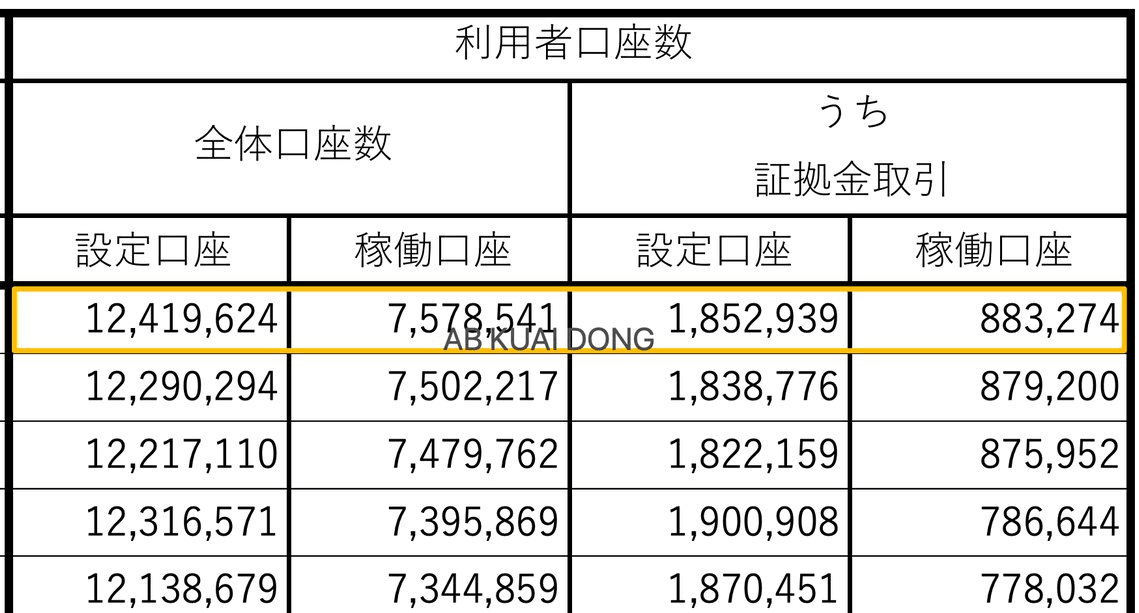
Profile of the investor user group
As of May 2025, the number of cryptocurrency users in Japan has reached 12.41 million, accounting for about 15% of the adult population in Japan.
Among them, the primary investors are middle-class individuals aged 30-40, characterized by:
Heavily reliant on YouTube, X, and other social media
Has a certain stable income
Annual income below 7 million yen
In terms of investment behavior and motivation:
Wealth management type, focusing on long-term allocation, not speculative
Mostly small-scale participation, operating through exchange apps
Trading frequency is relatively low, with most users placing orders only a few times a year
On-chain native players, only a very small group
Overall, Japan's cryptocurrency user population is gradually becoming more mainstream, but they prefer safety and convenience.
This has also led to most project teams and exchanges in Japan finding that advertising in the media is not as effective as collaborating with bloggers on YouTube and X for long-term engagement. Thus, the Japanese cryptocurrency community has also become a place where everyone is a blogger, and the media is increasingly under pressure.
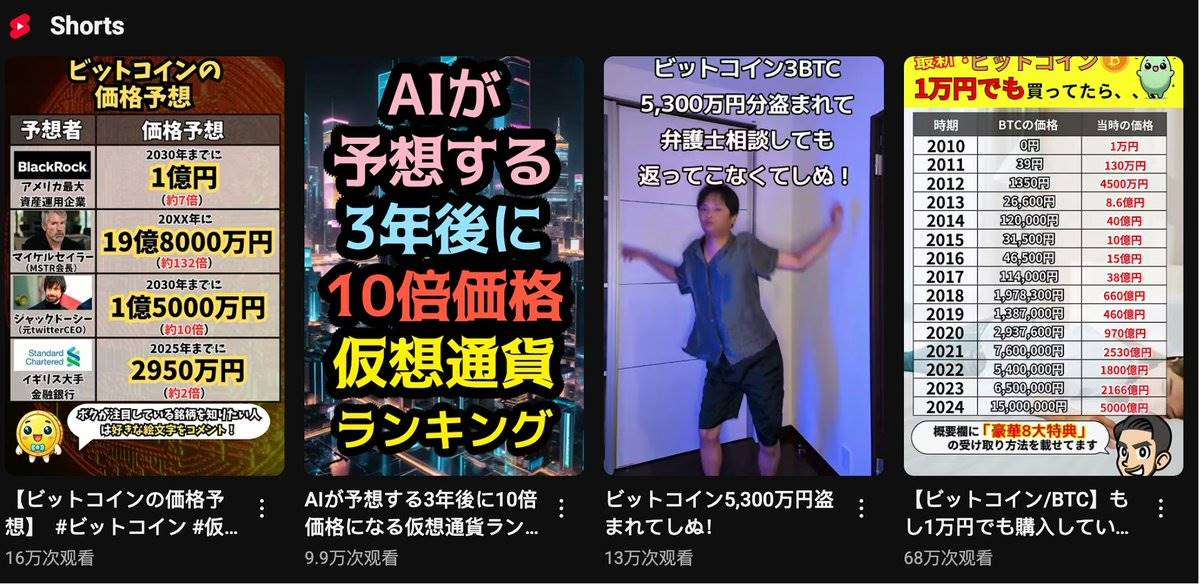
Regulatory environment
Japan's cryptocurrency regulatory model is quite similar to that of the United States, consisting of a three-layer collaboration by the FSA (Financial Services Agency of Japan) + JVCEA (Self-Regulatory Association) + JCBA (Industry Group).
Thus, it is observed that most cryptocurrency enterprises targeting the Japanese market are both members of JVCEA and JCBA. For example, Binance Japan has publicly announced on Twitter that it is a member of JVCEA (Japan Virtual Currency Exchange Association).
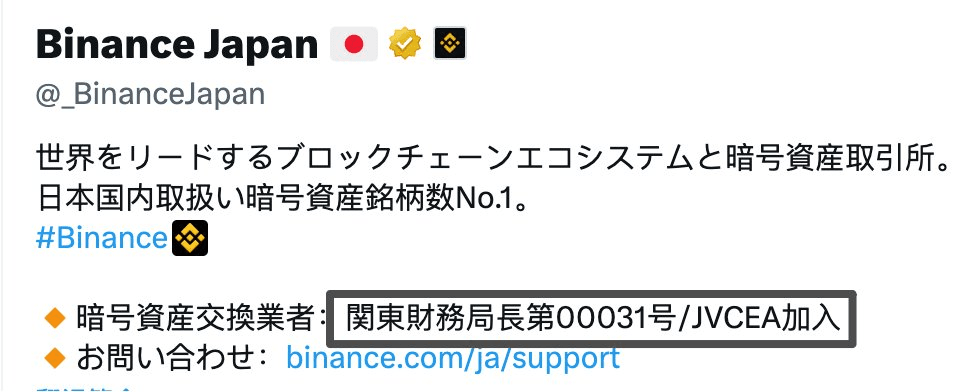
Currently, if exchanges and custodians want to conduct market operations in Japan compliantly, they need to have the corresponding qualifications and licenses to join these associations. In recent years, asset management institutions and exchanges entering the Japanese market have generally adopted shell companies and other methods to operate.
Attitude towards non-compliant offshore exchanges
In addition to the compliant exchanges mentioned above, there have been many non-compliant exchanges previously operating and promoting in Japan, gaining a large number of users; the main reason these users engage with offshore exchanges is:
Tax avoidance, tax evasion
Diverse types of cryptocurrencies
Comprehensive range of leverage and contract types
Currently, these types of exchanges were jointly targeted by the Financial Services Agency of Japan and the government in February 2025, and relevant download and access channels have been completely removed from the Apple Store and Google Store in Japan. Some Japanese bloggers who helped promote them have also received notification letters.
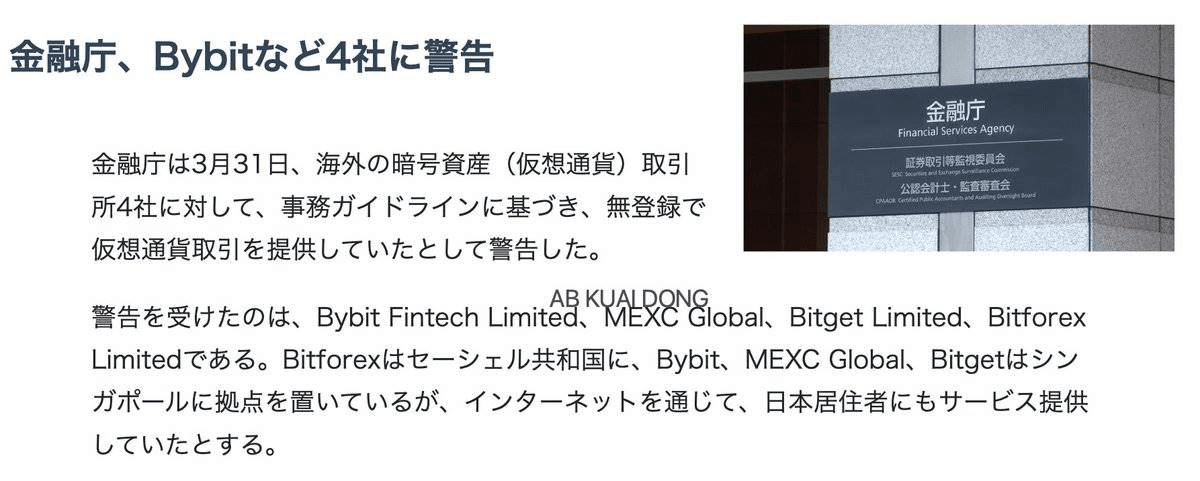
How do project teams operate
Finally, the most frequently asked question recently is how project teams operate in Japan and what limitations they face.
According to previous statistics, there are currently at least 20 projects with some reputation in the market that have offices and residences in Japan, but most operate in the guise of R&D companies, conducting activities locally.
The main reason is that if project teams want to conduct large-scale business in Japan (such as issuing tokens for fundraising targeting Japanese users or listing on compliant exchanges in Japan), they must pass the review of the JVCEA (Japan Virtual Currency Exchange Association). Thus, compared to Southeast Asia and Dubai, the compliance threshold is higher, and the costs are significant.
Therefore, most projects in Japan do not engage in the Japanese market. Operations and token issuance activities are conducted through BVI or other offshore entities, while personnel, product R&D, office, and other fixed expenses are conducted through Japanese entities.
This also reflects the majority of both domestic projects in Japan and foreign projects operating in Japan.
People in Japan do not engage in the Japanese market.
I hope the above content is helpful to you. ❤️


